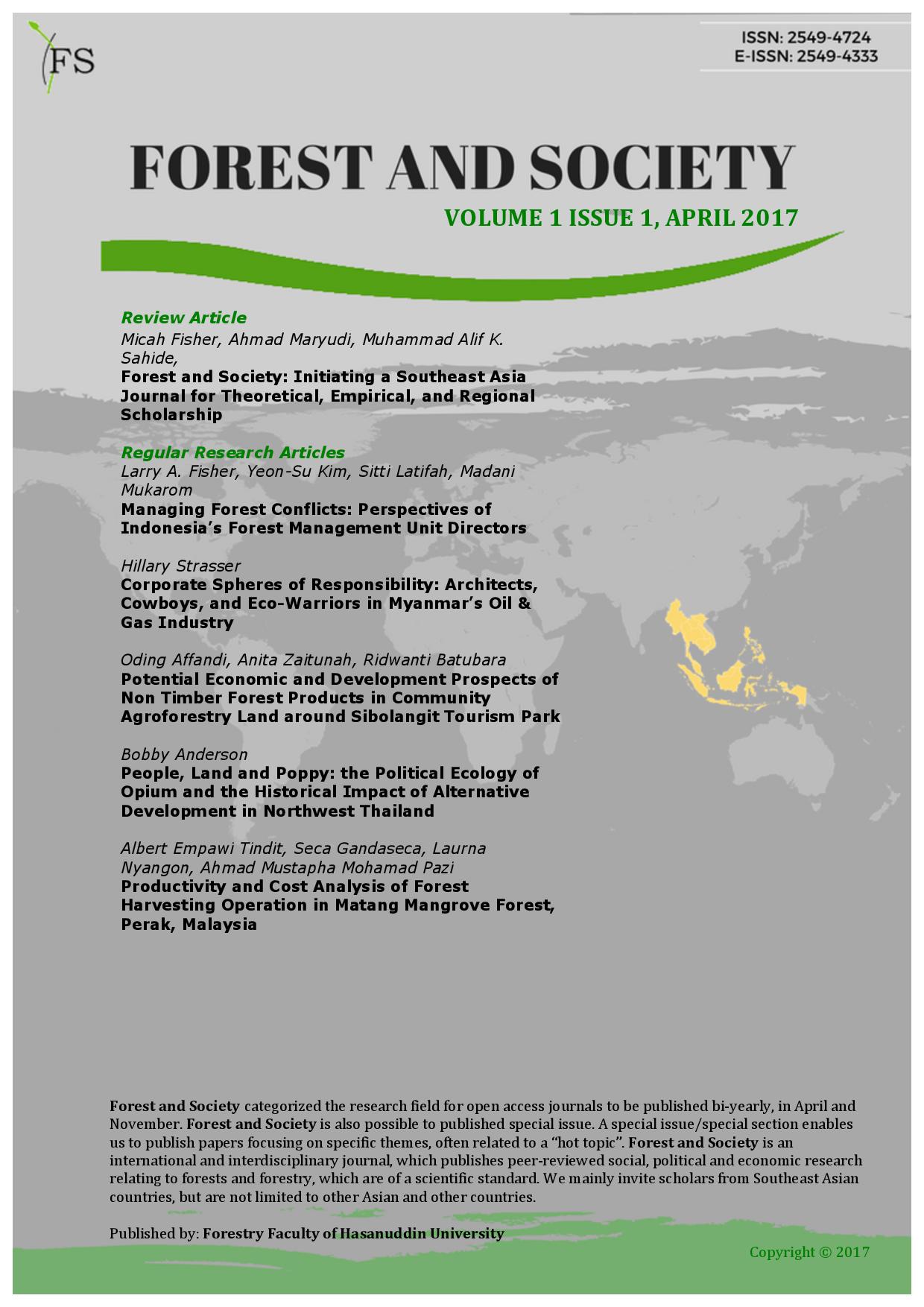This study aimed to understand whether, and to what extent, Kenyan legal provisions are sufficient to secure community land rights, particularly those of indigenous peoples and local communities. It assesses the adequacy of Kenya’s legal framework for protecting and promoting tenure rights of forest communities, including over protected areas. There is an enduring problem pertaining to historical land injustices, where certain indigenous peoples and local communities have sought formal recognition of their land rights over areas classified as public land, which are managed mainly as public forests or national wildlife reserves.
The analysis uses three indicators to evaluate the levels of protection and securing of community land and forest tenure rights: the scope and security of tenure; the legal status and protection of indigenous peoples’ (forest peoples’) tenure rights; and community participation in management of public forests.
It demonstrates that there are improvements in legal protection for indigenous communities. Nonetheless, a legal conundrum results from how Kenyan courts have interpreted the law concerning claims by certain indigenous communities over land falling under article 63(2)(d)(i) of the Constitution, mainly classified as public land or forests. For example, whereas the African court recognized the Ogiek rights over Mau Forest, the Kenyan courts have declined to do so. Also, despite its finding, the African Court did not prescribe how those land rights can be actualized; and the courts in Kenya have advised the communities to utilize the resolution of historical land injustices procedures prescribed in law. This Occasional Paper explores this case and others.
Download:
DOI:
https://doi.org/10.17528/cifor/008032Altmetric score:
Dimensions Citation Count:
Publication year
2021
Authors
Language
English
Keywords
governance, local communities, indigenous people, tenure systems, land tenure, participation, community forestry, forest management
Geographic
Kenya
























